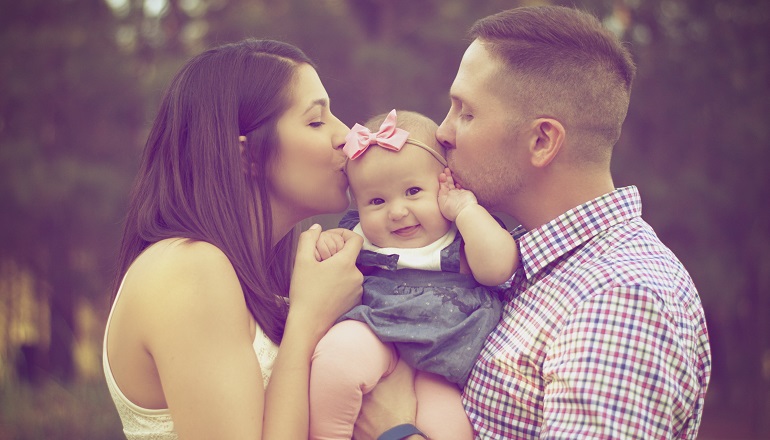Adoptive parents worry about whether their child-to-be’s birth mother has had good prenatal care. Their concerns are focused on the baby’s need for a healthy, prenatal environment free of toxins, alcohol, recreational drugs, and unnecessary medications. And while adopters wait for their child to come home, they realize that they can do very little to ensure that he is nurtured by a mother’s healthy eating, sleeping, and exercise regimen.
But good prenatal care is not only about the needs of babies. New adoptive parents also need to be in the best possible physical condition when a new child arrives. Babies are demanding little creatures whose needs for food and dry diapers and cuddling and comforting rarely occur only during the day.
The arrival of a new baby or toddler is nearly always accompanied by weeks and even months of sleep deprivation. The inability to follow one’s usual routine with any predictability adds to the physical and emotional stress of new parenthood. Meals, housework, and adequate rest may be skipped when a caregiver tries to meet the baby’s demands and then uses the quiet times to “catch up” with mounting laundry, cleaning, and does not sleep or try to snatch a short nap. Even experienced parents may question their parenting skills with a baby whose basic temperament is fussy and demanding.
Strengthen Muscles
New adoptive parents of older babies and toddlers often complain about strained muscles and unexpected physical exhaustion. Remember, a pregnant woman gradually adjusts to increases in the amount of weight she carries before the baby is born, and her muscular structure changes with the growing baby. While adoptive parents are suddenly carrying nine pounds of extra weight along with a grocery sack, or juggling a 15-pound, two-month-old in a front carrier while pushing a vacuum cleaner.
Marie was single and 45 when her daughter arrived from China at 9 months of age. She was never much for exercising, plus she was dealing with arthritis in her lower back. Within days of LiAnne’s arrival, Marie had badly strained herself, causing her doctor to recommend that she not lift her child for several weeks. This complicated Marie’s caretaking abilities and confused her daughter’s emotional need for consistent care from her only parent. Marie was grateful for help from her mother and her sister-in-law, but she was disappointed by her own lack of preparation which resulted in her less than full participation in her daughter’s early adjustment.
Getting ready for a new baby involves getting physically ready, too. Your “adoptive pregnancy” should involve a regular exercise program that includes strengthening exercises for the lower back, arms, and legs. Consider taking a yoga class or a stress reduction workshop or investing in some meditation tapes.
Eat Healthy
Since non-parents are particularly at risk for skipping meals, eating on the run, and treating their own nutrition lightly, use your waiting time to start new eating habits that will make you feel better, and serve as a foundation for feeding your son or daughter healthy foods on a regular schedule and establishing a ritual of mealtimes together. Remember that you are under psychological stress during the waiting-to-adopt period, and so your body is particularly susceptible to the effects of poor eating habits. You should stop smoking (it will be far easier now than during the stressful period of adapting to parenthood), eliminate alcohol, eat less salt and sugar and red meat and more fruits and vegetables.
Slow Down
Women who are physiologically pregnant are more or less forced by their changing bodies to slow their lives down. They tire easily and, as time goes by, move more slowly. By association their involved partners slow down too. And this forced slowing down and paring back of working hours, social and volunteer commitments, and thus staying home more, makes space for the reveries of transition. In getting ready to become a parent-for the first, second, or third time-parents must readjust their lives. And the waiting period provides the right time for making those adjustments.
The article was adapeted from Launching a Baby’s Adoption (Perspectives Press) with permission.



